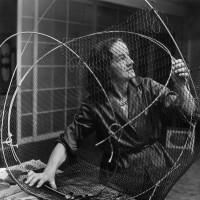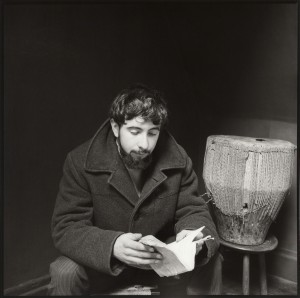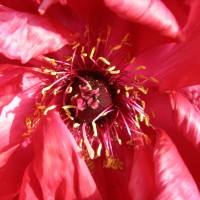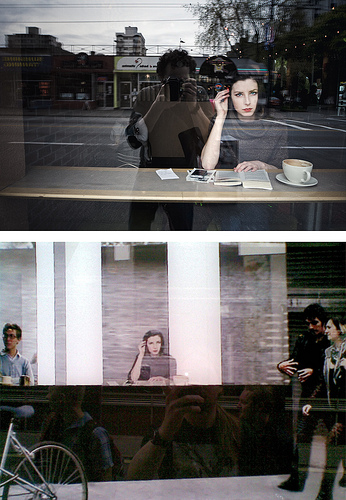Nude photography is a genre most photographers dabble in every now and again. I've often thought of nude photography as a natural extension of portraiture; if you're going to spend so much time on trying to capture the 'essence' of who somebody is, in some cases shedding any barriers between the model and the camera (such as clothes) is the next logical step.
One thing that can be a challenge, is to translate portraiture techniques into nudes. For right or wrong, there are still a few social taboos around nudity - and even in relation to photographing nudes - and I often receive e-mails from people who want to give it a right good go, but can't quite figure out how to get started.
 Get the book
Get the book
I am often asked where people who are interested in nude photography should start - and after a bit of research, I've finally found a great one-stop shop for all the information you could need about nude photography.
The book is called True Confessions of Nude Photography, and was written by A.K Nicholas.
You can find it on Amazon UK or Amazon.com.
Where to begin?
I've written about the topic before, and you could do a lot worse than having a look at Try Nude Photography; my interview with nude photographer Pascal Renoux who is also featured in this list of inspirational nudes), Adding Passion to Nude Photography, and Nude Photography 101.
You may also be interested in the short piece by Brigitte I posted on nude self portraiture. And, of course, if you're not 100% sure about taking it all the way, there's always the deeply titillating art of implied nudity in portraiture.
I need some inspiration!
The reason I decided to create this post is two-fold; A lot of photographers are posting their first few steps in nude portraiture to Flickr, but many of them don't get the exposure they deserve. This list (with a very few notable examples) consists mainly of photos that I found to be inspirational (in some cases; aspirational), but that haven't had that many views and/or comments. The great thing about this is that even if you are a Flickr veteran, there's likely to be a load of photos in this list that you haven't come across before.
The other way of using this list is for 'imitation as inspiration'. If you're only just starting out in nude portraiture, it may be a useful exercise to pick some of the photos you like best, and plagiarise them. See if you can recreate them as closely as possible, and learn as much as you can about the process. Obviously, I wouldn't necessarily recommend posting the copies to Flickr (or, indeed, anywhere); but imitation can be a great way to get more familiar with a model, with directing your subjects, and getting a 'feel' for what works and what doesn't in nude portraiture. Once you're comfortable, turn off the 'copying' switch, tune in to your own creative vibe, and start creating your own masterpieces.
I did promise you some inspiration, though, and so far it's only been me babbling on... Let's get started!
1 - Call Girl by Glen Flower

From the title, you’d expect something a little more audacious to live up to what we know as a call girl. This photo stands out by going against that predictable notion and taking a more playful tone by use of bright colors and lighting, an eye-catching pattern of characters and a simple yet effective pose.
See Call Girl by Glen Flower in full res on Flickr
2 - Nude 2 by Andy Hassall

The first thing that draws my eye to this photo is the glow around the woman’s figure. Not only is it flattering to accentuate the curves, more importantly it adds an ethereal story to the image. Soft and delicate is a woman...
See Nude 2 by Andy Hassall in full res on Flickr
3 - Untitled by canarinomannaro
It's very obviously a nude, but there is nothing to see. It's intriguing and alluring, almost beguiling. The grains and the black and white do nothing but complement.
See Untitled by canarinomannaro in full res on Flickr
4 - Desnudo Simple by Alberto Ibarra Glez

There's something pure, innocent, and powerful about this nude; the model isn't without flaws, and the shot itself isn't perfect either - but that's where the beauty comes from. The relaxed pose and the peaceful look means it doesn't really matter. A lovely example of the nude photography genre indeed!
See Desnudo Simple by Alberto Ibarra Glez in full res on Flickr
5 - Day 235: Scar Beneath the Surface. by Brigid Marz

The fear of reality is the attraction of this shot. Wet hair suggests vulnerability. Parted lips infer loss of breath and words. The hand on her breast declares a longing for comfort.
See Day 235: Scar Beneath the Surface. by Brigid Marz in full res on Flickr
6 - Untitled by Jenn

There is a serene beauty when you look at this woman. The pose is almost heartbreaking as she stares out the window and the light soflty hits her skin and her surroundings. The only color in the room is the pink flowers on the wall, which implies that the subject is not sad, but only hushed.
See Untitled by Jenn in full res on Flickr
7 - H.E.A.T by Nausika Bongard-Bonjour

Raw is the word. It is only human to feel heat and the artist has created a "real" representation of this. Her treatment speaks of grit by having the close appearance of an instamatic or polaroid camera. The ice is not foreign either whether we'd like to admit it or not.
See H.E.A.T by Nausika Bongard-Bonjour in full res on Flickr
8 - Bathtub racer by Jaybird

The fun use of lines and color in the composition reminds me of when we were kids. The way our imagination worked during moments of lull is what the image captures - just proof that even as adults, our imagination still runs away with us.
See Bathtub racer by Jaybird in full res on Flickr
9 - Spiderwoman by Rod Monkey

The minimalism of this nude is an effective delight. I can't help but enjoy the pose - the model on her tiptoes and the bones of her shoulders make the shot and help us appreciate the supple human body.
See Spiderwoman by Rod Monkey in full res on Flickr
10 - Varina & Jiz by Maxwell Lander

I'll be frank with you: There's nothing attractive about this photo; but that's also not the point. It has raw emotion, and a veritable overload of attitude, passion, and even a touch of anger. Bloody awesome work. The rest of Maxwell's work is worth a peek as well; he's one of those photographers who is able to surprise me (in good ways) rather consistently.
See Varina & Jiz by Maxwell Lander in full res on Flickr
11 - Grow by Meta-morphosis

The artist attempts to portray power and strength, that which is intrinsic in a stripped down "real" man. Roots of a tree as a metaphor to the latter are elementally strong and able to withstand nature's (maybe even all) challenges.
See Grow by Meta-morphosis in full res on Flickr
12 - Untitled by Yami Ya

The photo is haunting as the model's spine presses against her skin. The peculiar spine is what catches the viewer's eye and arrests them to linger on nothing else. The mood is solidified by the predominant grey tones.
See Untitled by Yami Ya in full res on Flickr
13 - 112/365 by Lys

The image emits a whimsical feel to its viewers. The different hands clutching the woman's back can be interpreted in many different ways and perhaps different emotions. For example: the hand with red nail polish represents lust by use of color and the hand's slightly stronger grip on the skin.
See 112/365 by Lys in full res on Flickr
14 - No heels, no shirt, no skirt...All im in is just skin...All I want to see you in is just skin. by Lauren
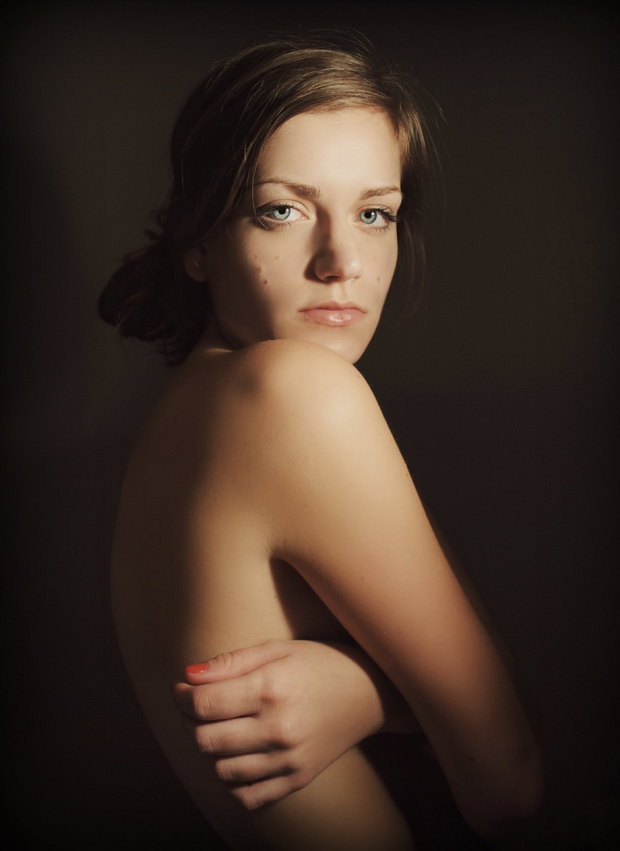 The model's eyes hold the power of this shot. You stare at her as she stares back at you with a brutal sense of honesty. This shot seems simple, but it's far from it when beyond the eyes you start to notice the curious shape of the body, the flaws of the skin and the odd proportions. I guess it's like looking in the mirror.
The model's eyes hold the power of this shot. You stare at her as she stares back at you with a brutal sense of honesty. This shot seems simple, but it's far from it when beyond the eyes you start to notice the curious shape of the body, the flaws of the skin and the odd proportions. I guess it's like looking in the mirror.
See No heels, no shirt, no skirt...All im in is just skin...All I want to see you in is just skin. by Lauren in full res on Flickr
15 - Tina Nude by Haje Jan Kamps

I did a photo shoot with Tina many years ago, in 2003; I loved the innocence that shone through in many of her photos. A few years later, she became a glamour model - but I like to think that it was these shots that got the ball rolling (It probably wasn't...)
See Tina Nude by Haje Jan Kamps in full res on Flickr
16 - Untitled by Marko Matus

There are so many things one can say about this photo. The texture is lovely. The light adds depth. Your eyes can fool you - it takes a while to notice what you're really looking at in this photo. This nude is brilliant and unique (and maybe even painful).
See Untitled by Marko Matus in full res on Flickr
17 - Morning by LightDream 7

The warm subdued colors give the photo a Sunday morning vibe. The mood is lazy and grateful as you think about the weekend. What makes this photo real is the detail of the hair on the model's buttocks, the light that hits the crack perfectly and the little bokkeh beside it. Wonderfully lethargic!
See Morning by LightDream 7 in full res on Flickr
18 - Nude by Fran Rivero
This sultry, alluring nude is terribly suggestive, but that's because of her eyes. They're drawing you into the shot, whatever of her body is on display.
See Nude by Fran Rivero in full res on Flickr
19 - Sunshine in the Water by Andreas Müller

This is an enjoyably light-hearted nude. An offshoot from the expression "the sun shines out your ass," the photo deserves recognition for successfully providing humor to its viewers by using the human form. Smooth lines are an added element to the visual appeal of the photo.
See Sunshine in the Water by Andreas Müller in full res on Flickr
20 - Untitled by Dario Torre

The photo somehow teases and thrills. This nude shot doesn't expose much, except the backside of the model, however the attraction is the model's gaze in his reflection in the mirror. It's just enough to make you wonder how the rest of his body looks and what he could be thinking about you.
See Untitled by Dario Torre in full res on Flickr
21 - Untitled by Kvn

The photo is a visual craft of highlights and shadows. Though the shadows envelope a majority of the photo, it doesn't darken the message of the image, but it adds to the charisma of what little highlights there are, as they dance around the subject. She looks almost angelic.
See Untitled by Kvn in full res on Flickr
22 - let it flow away by Eleina Priede
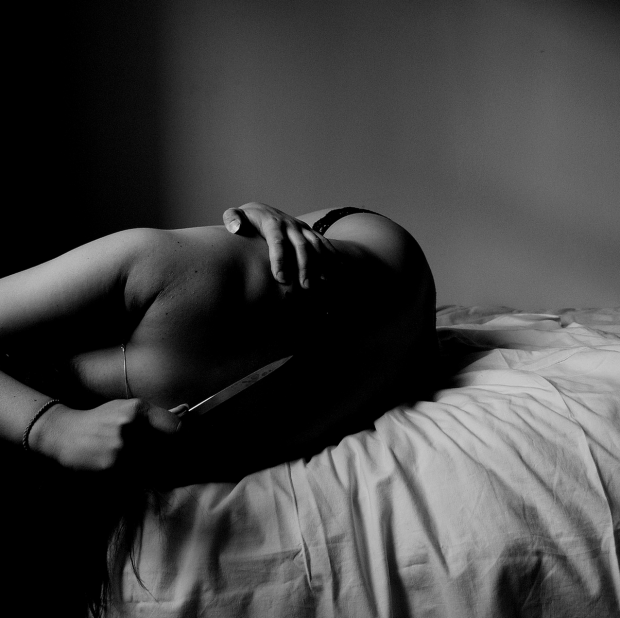
There is a beautiful angry desperation to this photo. She holds a knife, but looks as if she doesn't have the strength to use it. Curled up, hugging herself, she holds on in restraint. The light plays well on her weapon of choice, which she may never use.
See let it flow away by Eleina Priede in full res on Flickr
23 - Alex Oller by Ronaldo Donizeti

All I see is a solid canvas in this shot. The subject is flattered and paraded as a work of art, not because of the ink, but because of the texture of his body and the natural peaks and valleys. The details are excellent.
See Alex Oller by Ronaldo Donizeti in full res on Flickr
24 - BS 14 by Marco Villani

Minimalism is beautifully portrayed in this nude. Smooth clean lines and duotones work for this piece as they help put our attention on the real focus, imprefect bumps of the subject's skin. There is also an amusing ambiguity to the composition that draws you in.
See BS 14 by Marco Villani in full res on Flickr
25 - Z by Don Pasquella

The androgyny of the model, combined with the otherworldly, almost sculpturesque quality of this photo is astounding. It's a nude, for sure, but subtly so, and extremely well executed. Well worth a closer look!
See Z by Don Pasquella in full res on Flickr
26 - Power by Imitable at Least

Power is truly the message that this capture speaks. The seated pose with his arms raised up and his head humbly down exemplifies the aforementioned power and also achievement. The perfectly strong contrast between the black and white tones complement such as well.
See Power by Imitable at Least in full res on Flickr
27 - Pastel Time_93 by Fabienne Chemin

"I sleep to dream" is my first thought when admiring this nude. The man without clothes as he sleeps puts one in a very naturally relaxed state that trumps all states of relaxation. The artist comforts us even more with the use of very light colors and textures, maybe hinting that the dreams we dream can be nothing but sweet.
See Pastel Time_93 by Fabienne Chemin in full res on Flickr
28 - Chimera by Jason Skinner

Complexity is this artist's game. There is nothing more mesmerizingly complicated than the human body, what more when intertwined with another's (metaphorically and literally). It's a riddle unsolved. The balance, highlights and shadows work wonderfully to make the art three dimensional and labyrinthian.
See Chimera by Jason Skinner in full res on Flickr
29 - Haunted by her by Sharlene Shappart i

Fear overwhelms me as I look at this photo. I take a glimpse and look away as I'm haunted by her stare. The sheer of the cloth on the woman's breast is perhaps the only vulnerability that can be grasped. The nude figure is subtly but effectively used by doing so.
See Haunted by her by Sharlene Shappart i in full res on Flickr
30 - Yolande soft nude 4 by Julio Cristian Ruiz Molinero
The eye travels from head to midriff to the tips of her toes and then back again. The composition urges you to take in everything, before maybe settling on the in-focus nipples, or perhaps on her hands.
See
Yolande soft nude 4 by Julio Cristian Ruiz Molinero in full res on Flickr
31 - Dune by Lindy Barbosa

Allan Teger is a wildly talented photographer who did a great series of photos called 'Bodyscapes', where little characters would do everyday things in landscape made of a human body. 'Dune' is an imitation of one of Teger's shots, showing how it adds fun and creativity to an oft-overdone shot.
See Dune by Lindy Barbosa in full res on Flickr
32 - Helping Hand by Neo Geodesy

There's no doubt about what's going on in this photo, and whilst the subject is undoubtedly verging on the pornographic, the treatment is sensual, intimate, and beautiful. Masterful lighting and great use of depth of field nail this one home. Awesome.
See Helping Hand by Neo Geodesy in full res on Flickr
33 - Tubside by Imre Kissik

Another great example of 'no clothes, but showing not-a-lot', this warm-tones feast-for-the-eyes by Imre is a cascade of class and finesse. Having her eyelashes in focus is a lovely touch, too.
See Tubside by Imre Kissik in full res on Flickr
34 - Intimate by Luca Gualtieri

Naked like the day she was born, and yet casually covered up. The touch of light on her eyes pulls my vision to her face; and her relaxed yet slightly anticipatory expression adds just the right amount of tension to the shot. Absolutely lovely.
See Intimate by Luca Gualtieri in full res on Flickr
35 - Untitled by Jorge Carrion

I adore how this portrait comes across as a battle between humans and their surrounding elements. There's something brutal, yet serene about this photograph that I can't quite put my finger on - which is why I keep coming back for more, I suppose.
See Untitled by Jorge Carrion in full res on Flickr
36 - Untitled by The Girl Behind the Lens

In this photo, you can barely tell what it is a photo of; to me, the first thing I noticed was the sheet in the background, which led me to think we are looking at a bed. Only then did I realise what the photo was on. A masterful study in subtlety that appears to be all too rare in the genre of nude photography
See Untitled by The Girl Behind the Lens in full res on Flickr
37 - Morning Bell by Kristaps B

High key photography is something that lends itself well to portraiture, and nude portraiture is no exception. A feeling of innocence, purity, and simplicity is projected onto the viewer - and the soft lighting helps make the model seem approachable. A delightful shot!
See Morning Bell by Kristaps B in full res on Flickr
38 - v2 by Hans Proppe

I know this photo has a nude body in it, but it took me quite a while to figure out quite how. That, in itself, is enough reason to include this image in the list, I believe; the abstraction of nudity is something that really appeals to me; the intrigue, intricate textures and delicious lighting - perfect!
See v2 by Hans Proppe in full res on Flickr
39 - Naakt by Klaas v/d Pijl

Some nude photography has a whole other layer of nudity in it; an innocence, a complete and infallible belief that there's nothing wrong with not wearing clothes. This photo, to me, is an excellent example of just that. Yeah, the girl is nude, but there's just something about her calm facial expression which shows that she doesn't do shy. A simple shot, for sure, but worth recreating for its zen-like calm when you're working in the studio
See Naakt by Klaas v/d Pijl in full res on Flickr
40 - Assembly of Shadows by Dreamography

The title of this photo speaks to me. Sure, there's a nude person in the frame, but it's incidental; this image is all about the interplay of light and shadows, and about the mystique of it all.
See Assembly of Shadows by Dreamography in full res on Flickr
41 - Venus by Artemisia Artex

Nude portraiture is hard, I won't lie about it. Nude self portraiture is a whole other level of hard, but 'Artemisia' pulls it off beautifully. Gorgeous lighting, a look that really locks with the viewer, and the fiery red hair make sure all the image comes together beautifully.
See Venus by Artemisia Artex in full res on Flickr
42 - Can't you almost hear her thoughts by Sol Lang

Whereas some nudes stand for pride, strength, and self-confidence, this photo is almost the exact opposite. The model's facial expression is reserved - afraid, almost - which makes her vulnerability shine through. Her body might be nude, but I can't help but feel that in this photo, we are also staring at a bared soul.
See Can't you almost hear her thoughts by Sol Lang in full res on Flickr
43 - Te Ofrezco by Manuel Orero

There is a long history of nude photography and pregnancy, and frankly, it's curse-worthy hard to come up with a new take on the topic... but this image does it gorgeously. A pair of baby shoes, and an out-of-focus mother-to-be? Fabulous. Okay, so she isn't actually completely nude; but as far as a cool idea for a shot goes? A definite winner.
See Te Ofrezco by Manuel Orero in full res on Flickr
44 - Disappearing by Brigid Marz

I've been a huge fan of Brigid's work for a long time, and this photo is a great example of why; she often manages to convey a vulnerable strength - or is that a strong vulnerability - in her subjects. Strong poses, powerful lighting and great post-production - take a look at the rest of her portfolio as well!
See Disappearing by Brigid Marz in full res on Flickr
45 - Brooke (plage 2) by Pascal Renoux
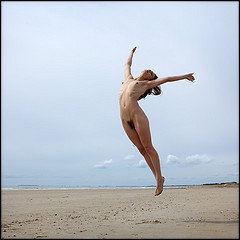 Pascal Renoux' work often has a sense of wonderment about it - a playfulness that goes far beyond what many other photographers are able to offer up. There's an intimacy in that playfulness; an incidental, rather than elaborate, sense of nudity, which makes his work stand out. Fantastic stuff.
Pascal Renoux' work often has a sense of wonderment about it - a playfulness that goes far beyond what many other photographers are able to offer up. There's an intimacy in that playfulness; an incidental, rather than elaborate, sense of nudity, which makes his work stand out. Fantastic stuff.
See Brooke (plage 2) by Pascal Renoux in full res on Flickr
And finally, a few words about copyright
Most of the images used in this post are used without explicit permission from the photographers, however, they are used under the 'criticism and review' sections of UK copyright legislation. The photos in this article are used in reduced resolution, and I warmly recommend that you visit them in their full-resolution glory in Flickr. Remember to comment and favourite images you like on Flickr to show the photographers your appreciation. If you are the photographer of any of the works in this write-up, and you had rather I didn't include your image, please let me know.
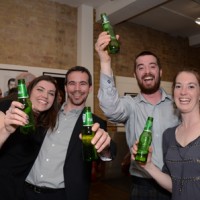






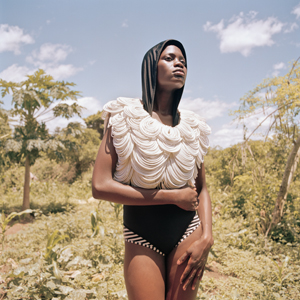

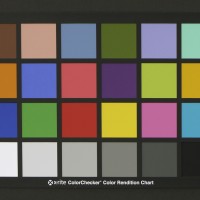
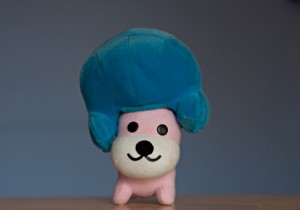
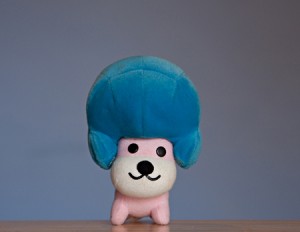
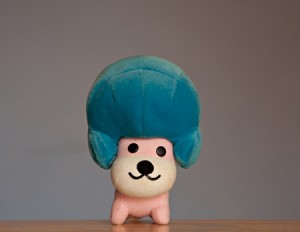
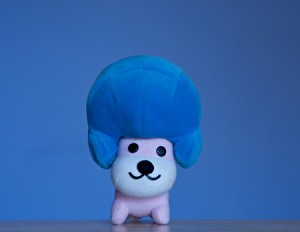
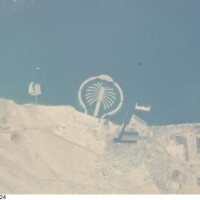
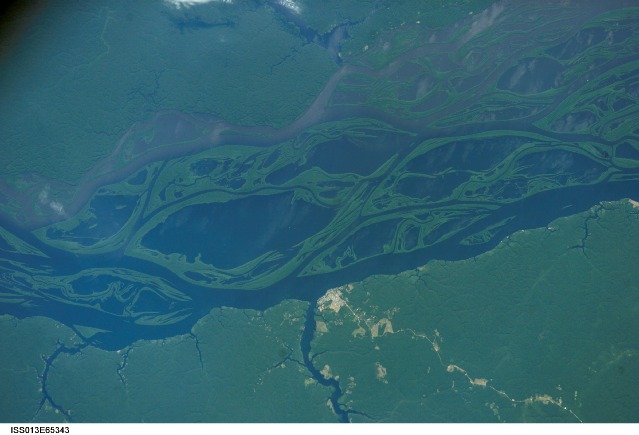
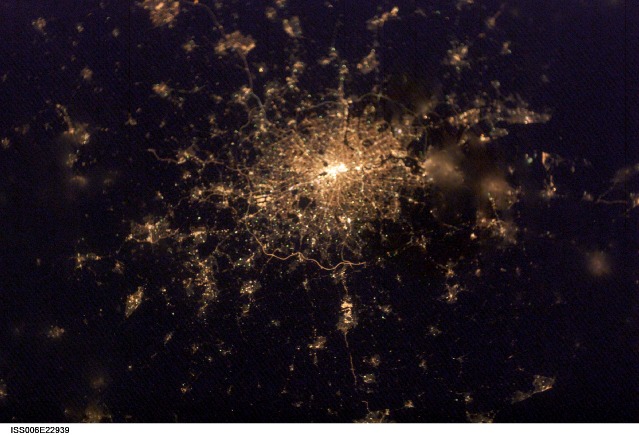
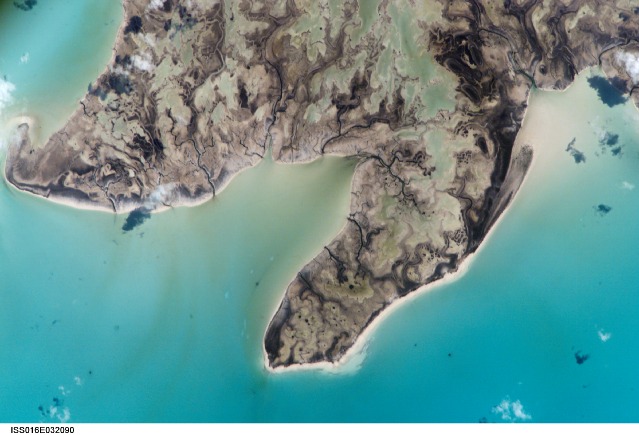


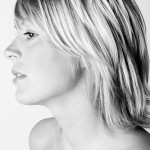
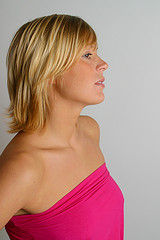
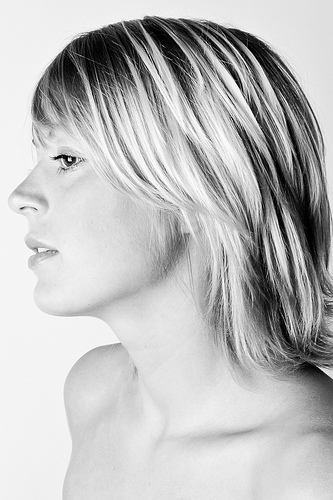
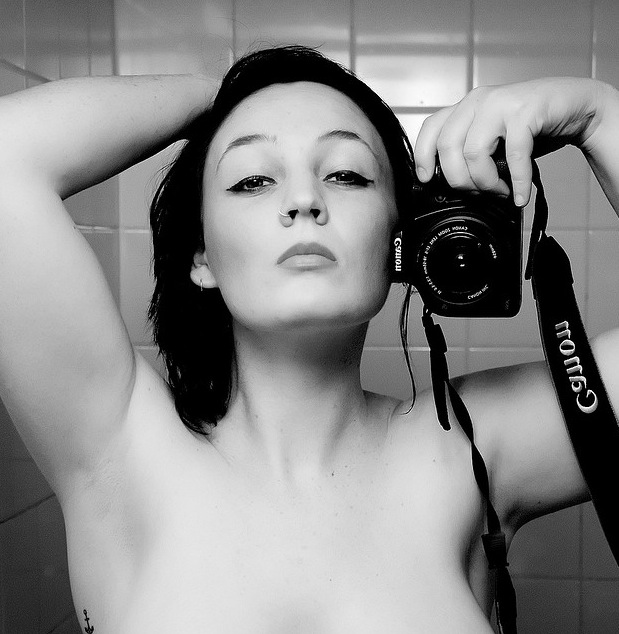

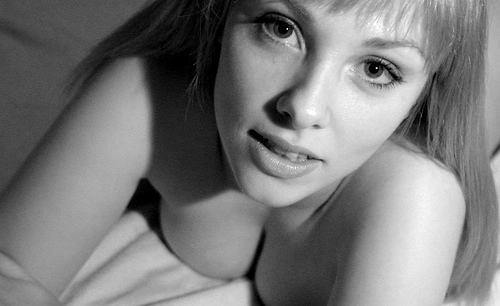
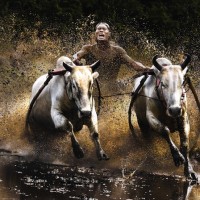
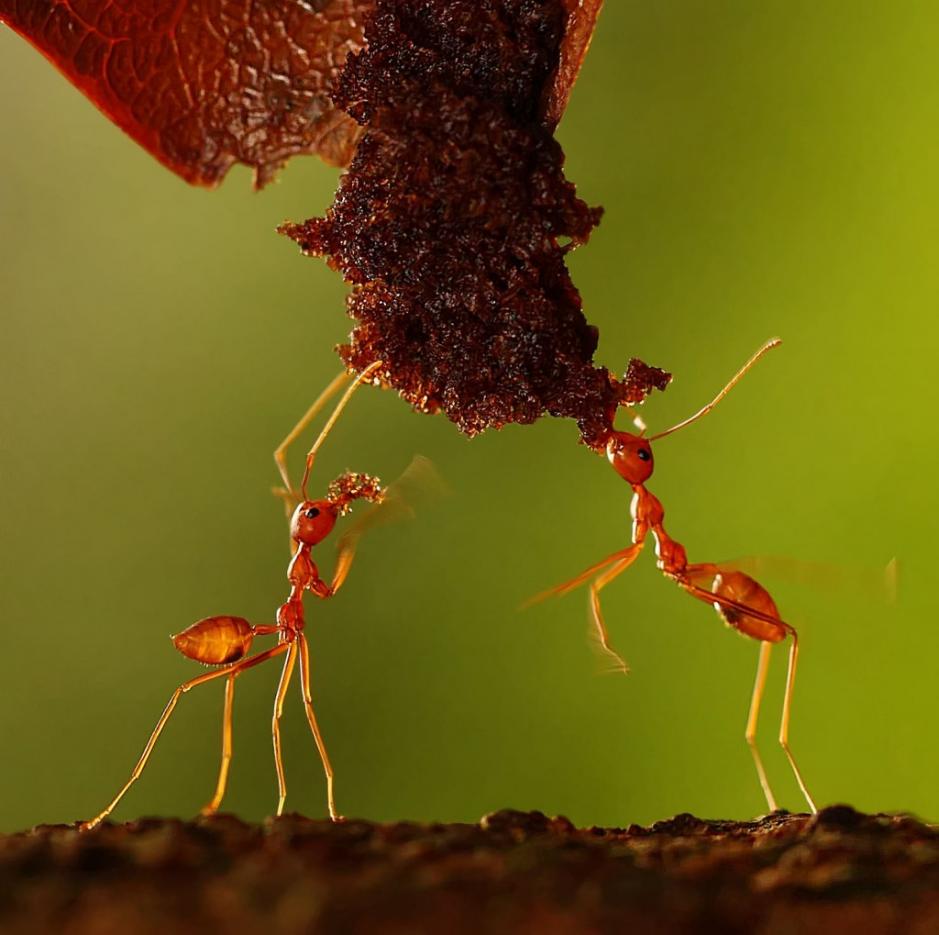

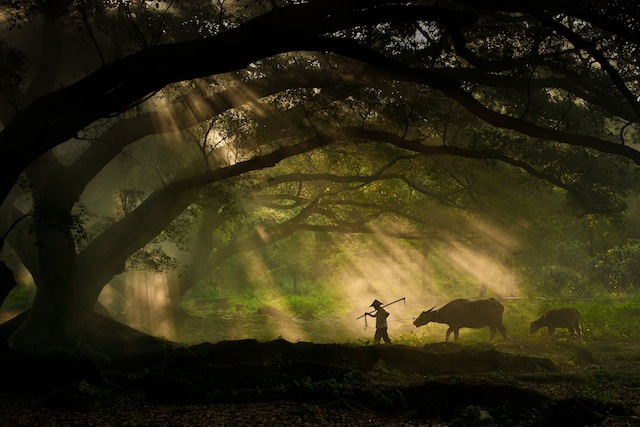
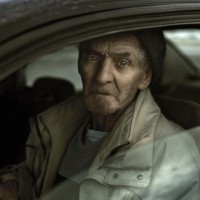
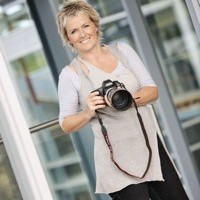
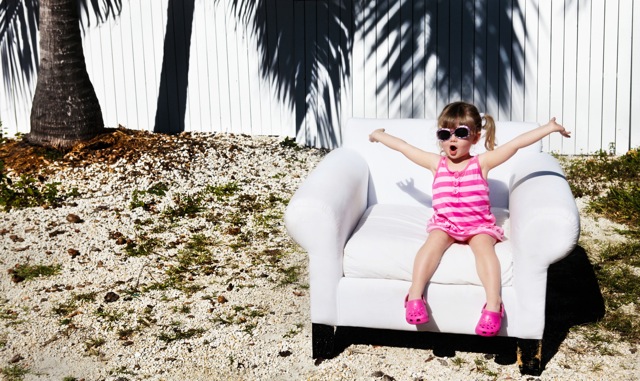
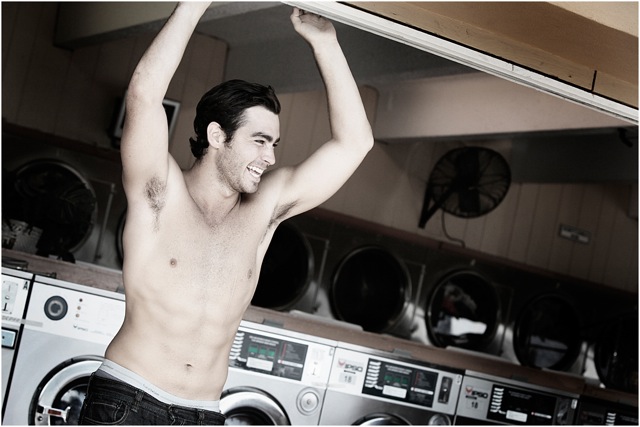




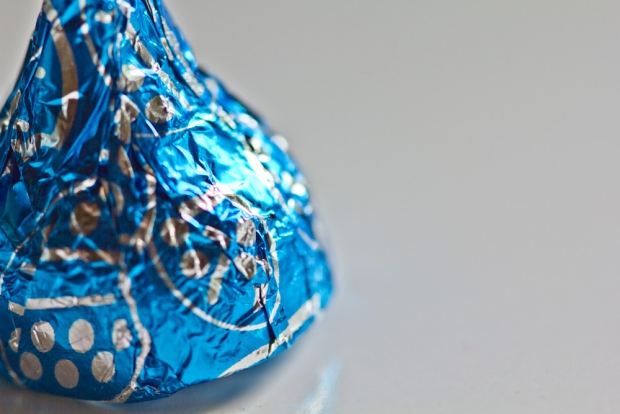


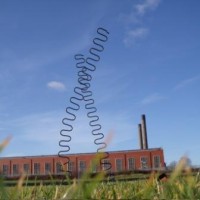
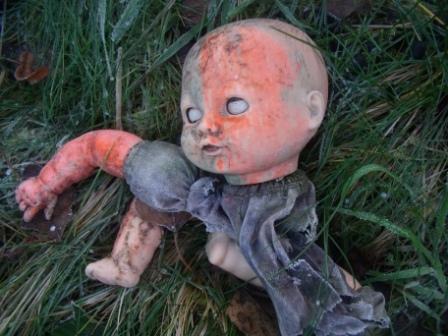

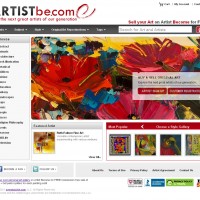




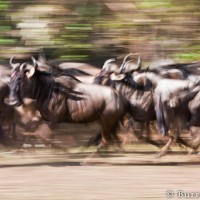

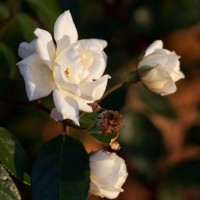

 Get the book
Get the book









































